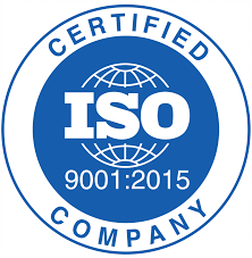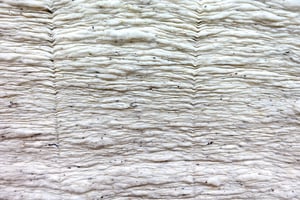
Photo: www.everlane.com
It is no secret that big retailers in the clothing industry often prioritise low prices and high turnover before sustainability.
The race to drive down prices and remain competitive are key components of market success, but in extreme cases it can result in the unethical treatment of textile workers and environmentally damaging manufacturing processes. It is within the power of consumers, small business owners and designers to break this harmful cycle and replace it with a more virtuous one.
Things are beginning to improve, international standards, certifications and Government legislation are all being implemented to tackle unsustainable practices with major figures in the fashion industry bringing sustainability into mainstream discourse e.g. Vivienne Westwood remarking that ‘it’s about quality, not quantity – not landfill.’ With a little education and adjustment to the way we as consumers, designers and small business owners source our clothes, long term improvements can be made across the supply chain. It’s good to source your clothes responsibly.[1]
Employee abuse in textile based economies is widespread. Forced overtime, low wages and non-existent safety standards can be caused by large orders being placed with manufacturers to short deadlines in order to keep up with demand.[2] Producers placing regular, manageably sized orders for higher quality products that last much longer is the solution to unsustainability. For example, Xintang and Guaro cities in China produce three hundred million pairs of jeans made by over two hundred thousand employees per year.[3] The sheer weight of that of that demand is not only damaging to working conditions but also product quality and the environment.

Denim jeans are notoriously inefficient to produce, on average taking ten thousand litres of water per pair to create the signature washed out look. Much of that water is pumped back into the local ecology after being impregnated with chemical dyes. Soil and water samples from the region contain over one hundred times the acceptable pollutant level as set by the Chinese Government. On the other hand, there are manufacturers thinking in a more sustainable way.
The jeans manufacturer Saitex used by online clothing retailer Everlane draw a sharp contrast to manufacturers in Xintang and Guaro, citing social and environmental responsibility as key parts of their company cultures. Saitex is currently planning to use waste water from it’s production line for agricultural irrigation and consumption after suitable treatment as well as publicly stating its desire to create high quality clothing, specifically designed to last longer than competing brands using less sustainable manufacturing processes.[4]
It is our job to educate ourselves about sourcing clothes from a company like Everlane to encourage sustainable practices such as these.
References:
[1] Lucy Siegle, ‘Fashion must fight the scourge of dumped clothing clogging landfills’, (30th July 2017) https://www.theguardian.com/fashion/2017/jul/29/fashion-must-fight-scourge-dumped-clothing-landfill [Accessed 8th September 2017]
[2] Ethical Fashion Forum, ‘Introduction to Fashion’s Key Social Issues’ (15th April 2016) http://source.ethicalfashionforum.com/article/introduction-to-fashions-key-social-issues [Accessed 8th September 2017]
[3] China Dialogue ‘The denim capital of the world: so polluted you can’t give the houses away’ (13th August 2013) https://www.chinadialogue.net/article/show/single/en/6283-The-denim-capital-of-the-world-so-polluted-you-can-t-give-the-houses-away [Accessed 12th September 2017]
[4] Fast Company ‘Everlane’s Quest To Make The World’s Most Sustainable Denim’ (23rd August 2017) https://www.fastcompany.com/40455752/everlanes-quest-to-make-the-worlds-most-sustainable-denim [Accessed 8th September 2017]
















